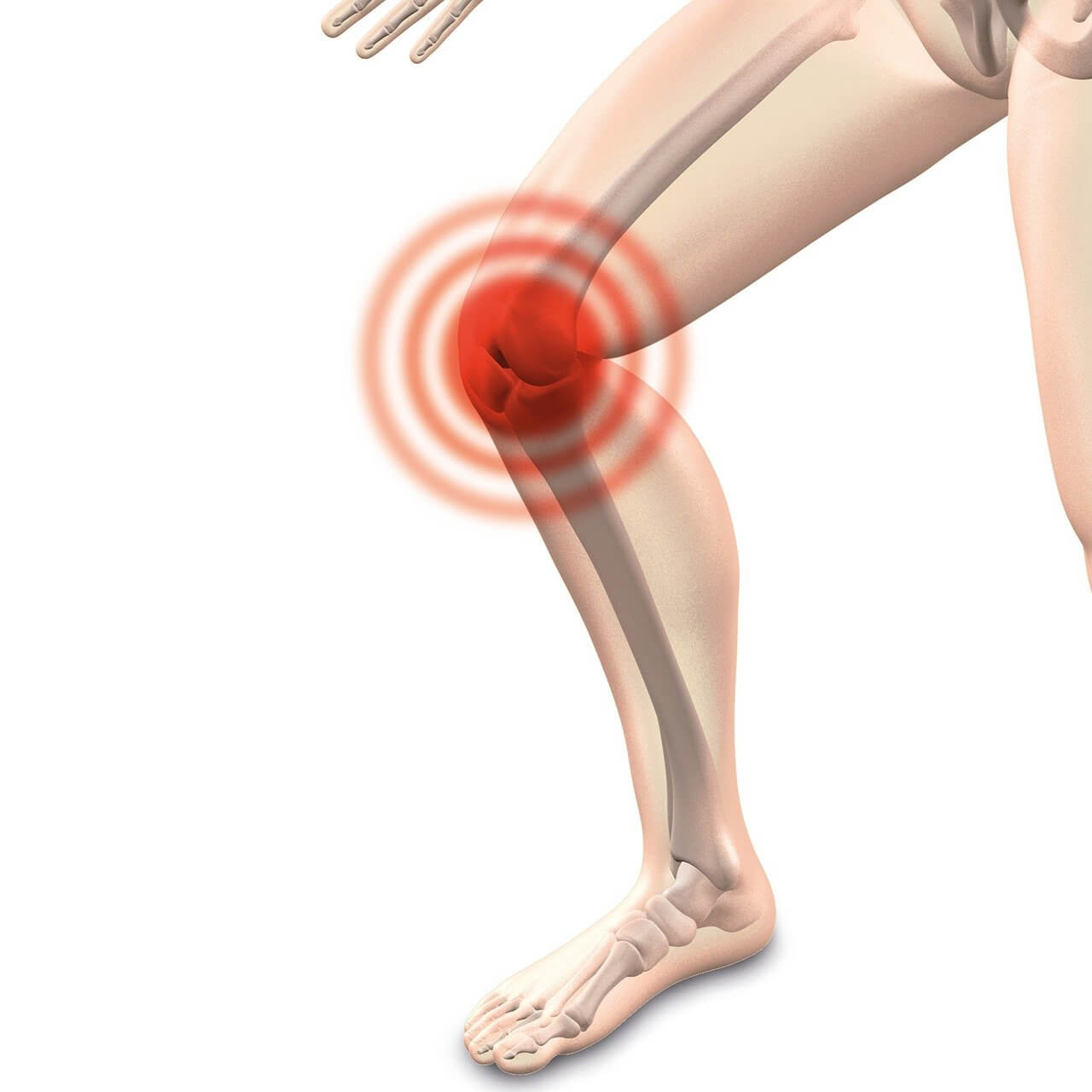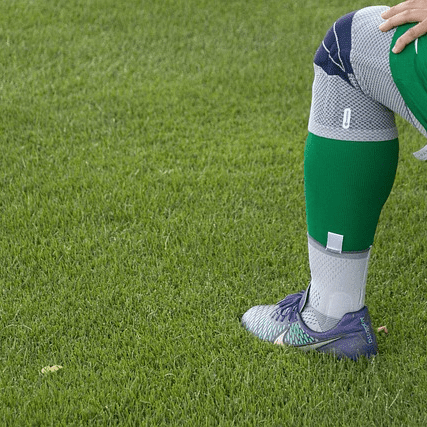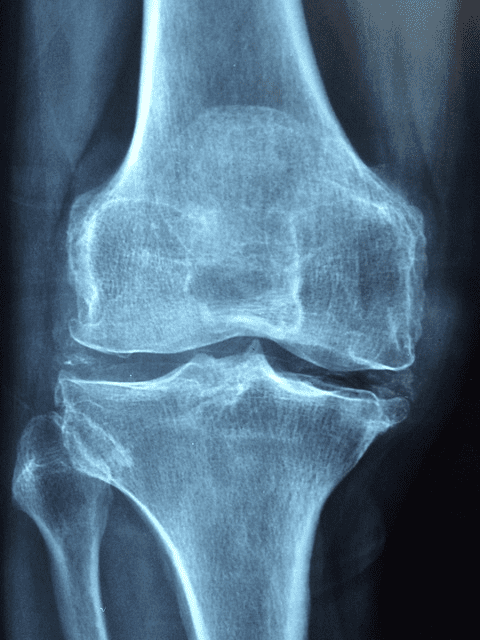What is the Function of the ACL in the Knee?
The (ACL) Anterior Cruciate Ligament is one of four major ligaments in the knee joint. It helps maintain the knee's rotating stability and stops the tibia (shin bone) from sliding in front of the femur (thigh bone). The other ligaments in the knee joint are the Posterior cruciate ligament PCL, Medial collateral ligament MCL, Lateral collateral ligament LCL.
The anterior cruciate ligament is a thick band of connective tissue that joins the thigh bone to the shin bone at the knee joint, it runs diagonally through the interior of the knee and is responsible for providing the knee joint with stabilizing function, as well as helping to control the mobility in the lower leg to the front and back.
One of the most common things our sports medicine and orthopedic practices come across are patients with ACL injuries, usually caused by engaging in sports or fitness activities. Research shows that the incidence of ACL injury is quite common across multiple age and demographic groupings.
What does the ACL do?
The ACL is located at the front of the knee, just above the kneecap. It comprises two bundles of fibers that run parallel to each other. One bundle runs along the top side of the leg, while the other runs along the bottom.
The ACL has the responsibility of stabilizing the knee during activities such as running, jumping, pivoting, twisting, and turning. If the ACL tears, the knee will not function properly. This injury is called an ACL tear.

What Happens When the ACL Tears?
If a person suffers an injury to the ACL, they will likely experience pain and swelling in the knee. The ACL helps stabilize the knee by holding the thigh bone (femur) and shinbone (tibia) together. Without the ACL, these bones would move out of place and cause severe damage to the knee.
When an ACL tear happens, the ligament becomes partially or completely ruptured. Once torn, an ACL cannot regrow or heal on its own.
An ACL tear can occur in people of all ages, athletic abilities, and conditions and treatment could include knee ligament surgery in Dubai.

However, active women are more likely to sustain ACL tears than men. This is due to the additional stress active women's biomechanics tend to place on their knees.
Children frequently get ACL injuries, particularly as childhood sports grow more intensely competitive. Until recently, there was no surgical option for treating ACL in kids and teenagers. This was done so that growing children wouldn't develop a leg length disparity or other growth abnormalities due to traditional ACL surgery methods.
However, many children and teenagers now have the option of having surgical repair thanks to modern surgical methods.
How does an ACL tear happen?
Full or partial ACL tears can usually happen during a sudden twisting action when a person stops quickly and reverses direction significantly while pivoting or landing after a jump.
A swift, powerful trauma to the knee may also tear the ACL.
ACL tears frequently occur with injuries to other knee tissues, such as cartilage or knee ligaments. An example of another knee injury that may occur with a torn ACL is the MPFL (Medial Patellofemoral Ligament).
Children frequently get ACL injuries, particularly as childhood sports grow more intensely competitive. Until recently, there was no surgical option for treating ACL in kids and teenagers. This was done so that growing children wouldn't develop a leg length disparity or other growth abnormalities due to traditional ACL surgery methods.
However, many children and teenagers now have the option of having surgical repair thanks to modern surgical methods.
How does an ACL tear happen?
Full or partial ACL tears can usually happen during a sudden twisting action when a person stops quickly and reverses direction significantly while pivoting or landing after a jump.
A swift, powerful trauma to the knee may also tear the ACL.
ACL tears frequently occur with injuries to other knee tissues, such as cartilage or knee ligaments. An example of another knee injury that may occur with a torn ACL is the MPFL (Medial Patellofemoral Ligament).

What are the Symptoms of an ACL tear?
A torn ACL usually occurs when there is excessive stress on the knee joint. Symptoms of an ACL tear include pain and swelling in the front part of the knee and instability in the knee. People who suffer an ACL tear often feel a "pop" or giveaway with weight bearing.
When to See a Doctor about your ACL Injury?
Get medical attention immediately if any knee injury shows signs or symptoms of an ACL injury.
The knee joint comprises numerous interconnected bones, ligaments, tendons, and other structures. So, to ascertain the extent of the injury and receive the appropriate care, it is critical to obtain a timely and precise diagnosis.
A knee orthopedic specialist can prescribe treatments that may range from conservative treatments such as rest and ice packs to more intrusive procedures such as surgery.
MEET OUR ORTHOPEDIC TEAM
- All
- Orthopedic
- Spine Surgery
- Neurosurgery
- Knee Surgery
- Hip Surgery
